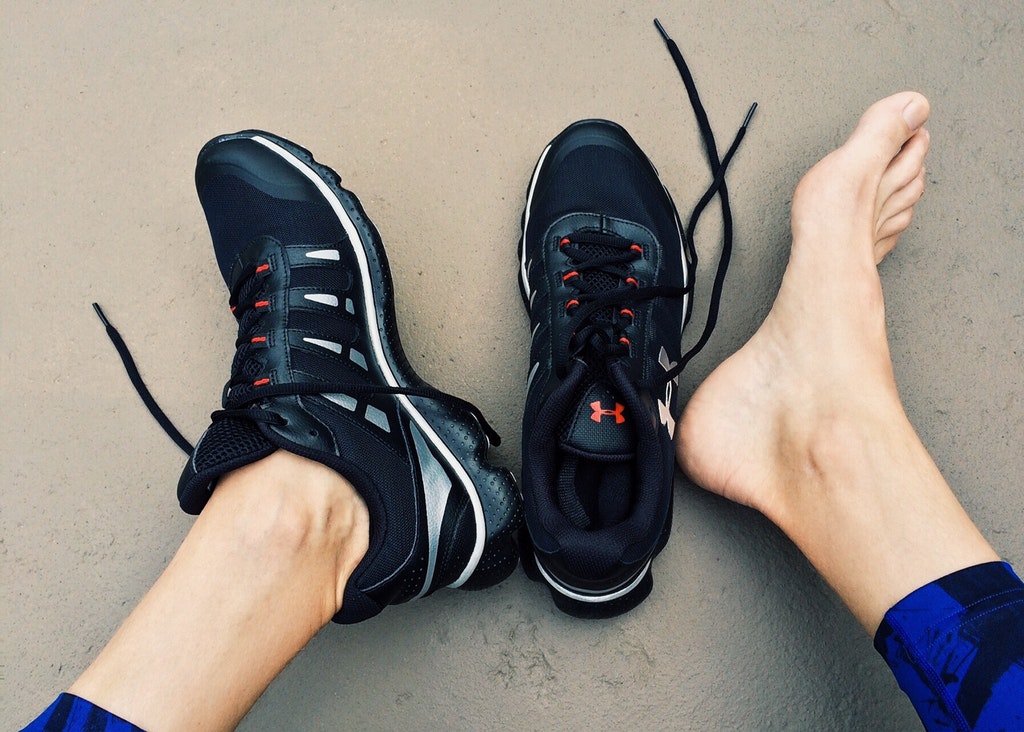Do you know one in every ten Americans develop Plantar Fasciitis at least once in their lifetime? As the pain comes and goes on its own, most individuals overlook the condition until it becomes difficult to walk, especially in the mornings. Avoiding the pain and discomfort only makes the foot or heel pain worse. Rather than procrastinating the treatment, it’s best to heal or, better yet, prevent developing plantar fasciitis.
How do you develop Plantar Fasciitis?
When fascial tissue connecting toes to the heel and supports the foot arch becomes injured, an individual experiences pain and discomfort. The condition develops due to excess weight, standing on feet for prolonged periods, or foot shapes such as flat feet and high arch. Though the condition is most common among athletes, people who are overweight or spend long periods on their feet also develop Plantar Fasciitis due to stress and overuse of the foot. When left untreated, discomfort and soreness become frequent and may prevent an individual walk properly in the morning.
How to heal or prevent Plantar Fasciitis?
Here are some tips that help prevent and heal the symptoms of Plantar Fasciitis:
Get some rest
Standing on the feet for extended periods generally results in inflammation and irritation. Get plenty of rest to deal with the pain from plantar fasciitis. Limit your exercises, including walking or jumping, for a couple of days. If taking a break from a busy schedule isn’t possible, consider taking some time off of your feet and give them some rest whenever possible.
Do some stretches before exercises
Before getting engaged with physical activities and exercises, do some stretching to warm up the plantar fascia. Not only does the practice make your feet more flexible, but it also prevents wear and tear on the feet. Doing some recommended stretches also increases blood circulation, which further helps fascia in healing.
Lose weight
Your overall body weight puts pressure on your feet when you walk, run, or get involved in other physical activities. It eventually leads to stress on ligaments and tissues on your feet. Losing excess weight puts less stress on the feet structure and reduces the chances of developing plantar fasciitis.
Use orthotic insoles
Excessive foot movement is one of the reasons why pain and discomfort return over and over again. People who frequently experience foot pain are recommended to use orthotic insoles for Plantar Fasciitis as they support the foot arch and minimize the stress on the surrounding tissues.
Final thoughts
Your feet support the weight of your entire body, so getting prompt treatment for plantar fasciitis is essential to get instant relief. Orthotic insoles not only help deal with the root cause of the foot problems, but they also avoid the reoccurrence of pain and discomfort. So, it’s best to look for the best orthotic insoles for heel pain and discomfort.
















